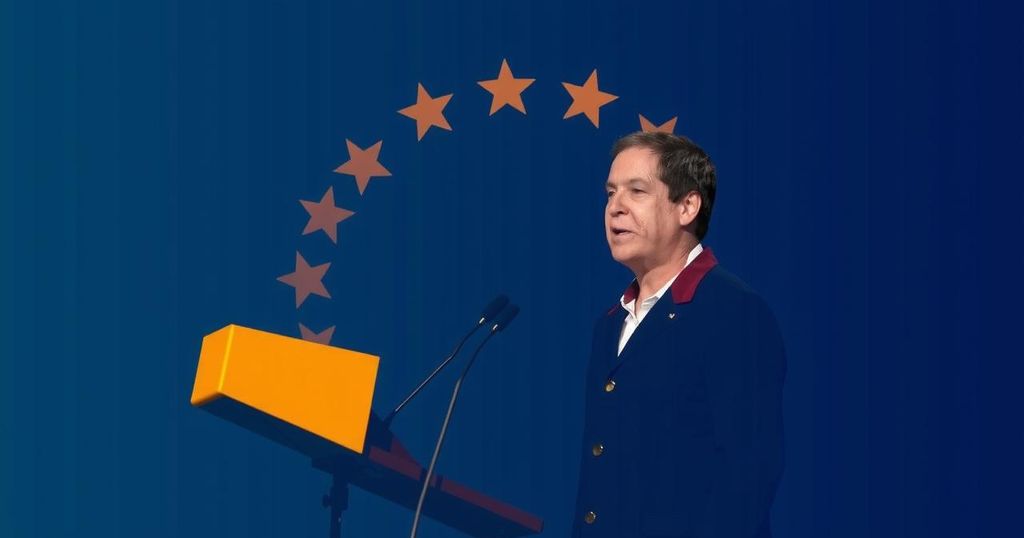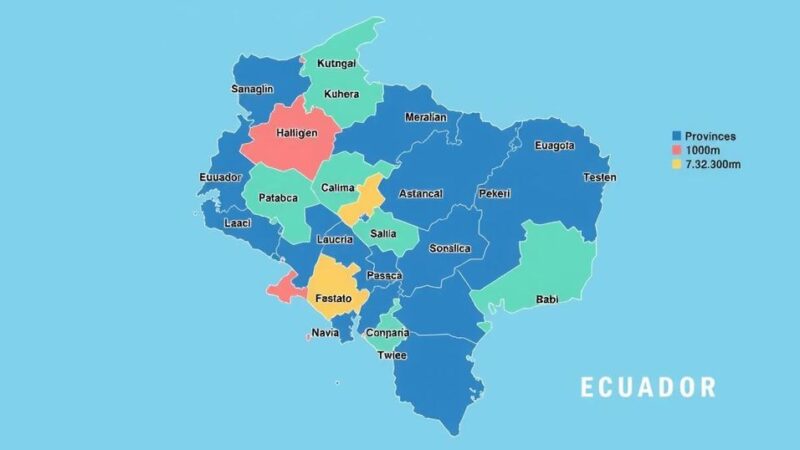The APEC summit in Peru concluded with leaders addressing trade tensions, notably between the U.S. and China. President Xi promoted globalization while Biden’s late arrival highlighted his waning influence due to Trump’s impending presidency. The forum underscored critical geopolitical issues affecting future economic collaboration.
The Asia-Pacific Economic Cooperation (APEC) forum held in Lima, Peru, concluded with 21 leaders, including U.S. President Joe Biden and Chinese President Xi Jinping, gathered amidst concerns over future trade leadership. The discussions, described as largely superficial, reflected the prevailing tensions surrounding U.S.-China relations as America faces a shift in its global trade policy under the incoming Trump administration. In a symbolic moment, President Biden’s late appearance at the traditional family photo underscored his precarious position, while President Xi emphasized the importance of globalization during his address, promoting a $1.3 billion megaport project in the host nation.
The APEC forum serves as a platform for leaders of Pacific Rim economies to promote free trade and economic cooperation. This year’s discussions became increasingly significant against the backdrop of shifting U.S. trade policy anticipated with Donald Trump’s presidency. The summit offered leaders an opportunity to address deepening trade and security rivalries, particularly between the United States and China, thereby fostering dialogue on cooperative strategies moving forward.
In summary, the APEC summit in Lima highlighted crucial geopolitical dynamics as leaders confronted rising tensions in international trade. While President Xi positioned himself at the forefront of globalization, President Biden’s situation reflected uncertainties as the leadership of U.S. trade policy is poised to undergo a drastic change. The outcome and discussions of this summit may have lasting implications on future international economic relations.
Original Source: www.usnews.com






